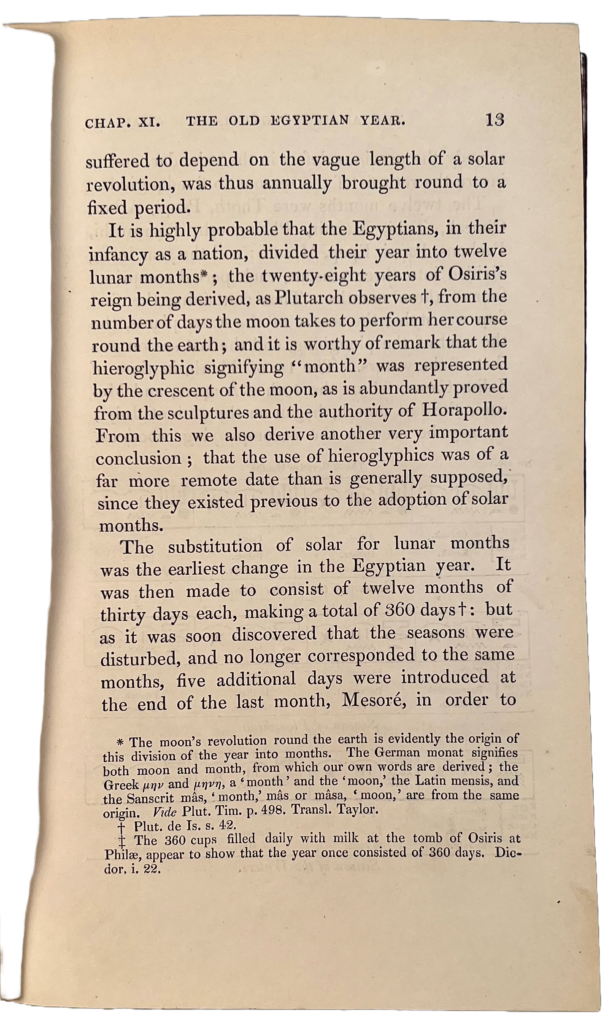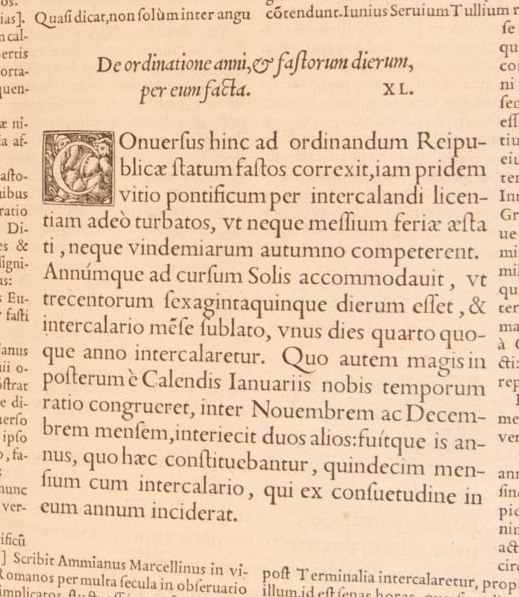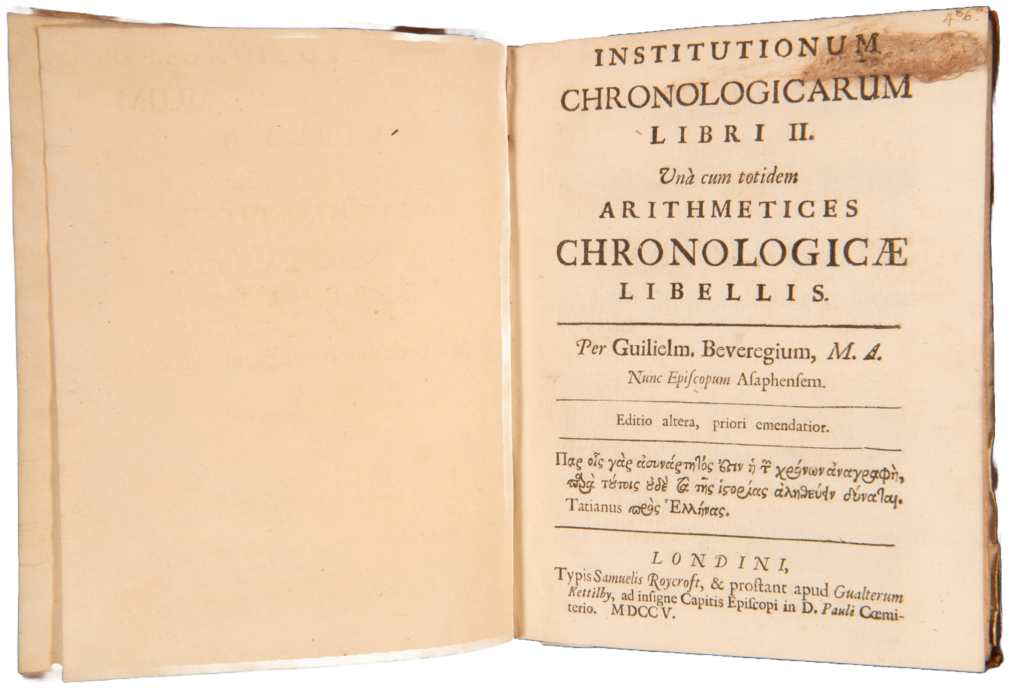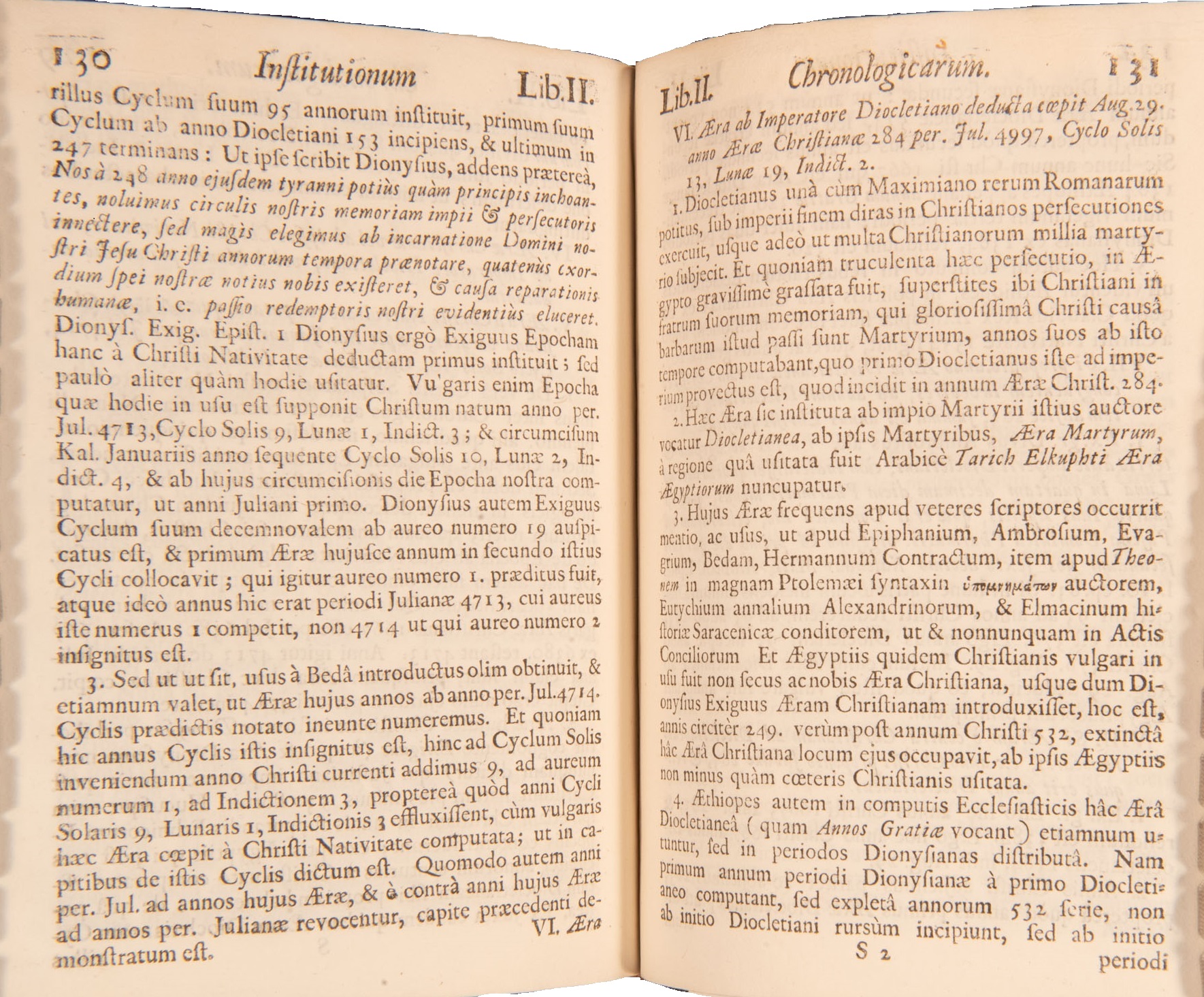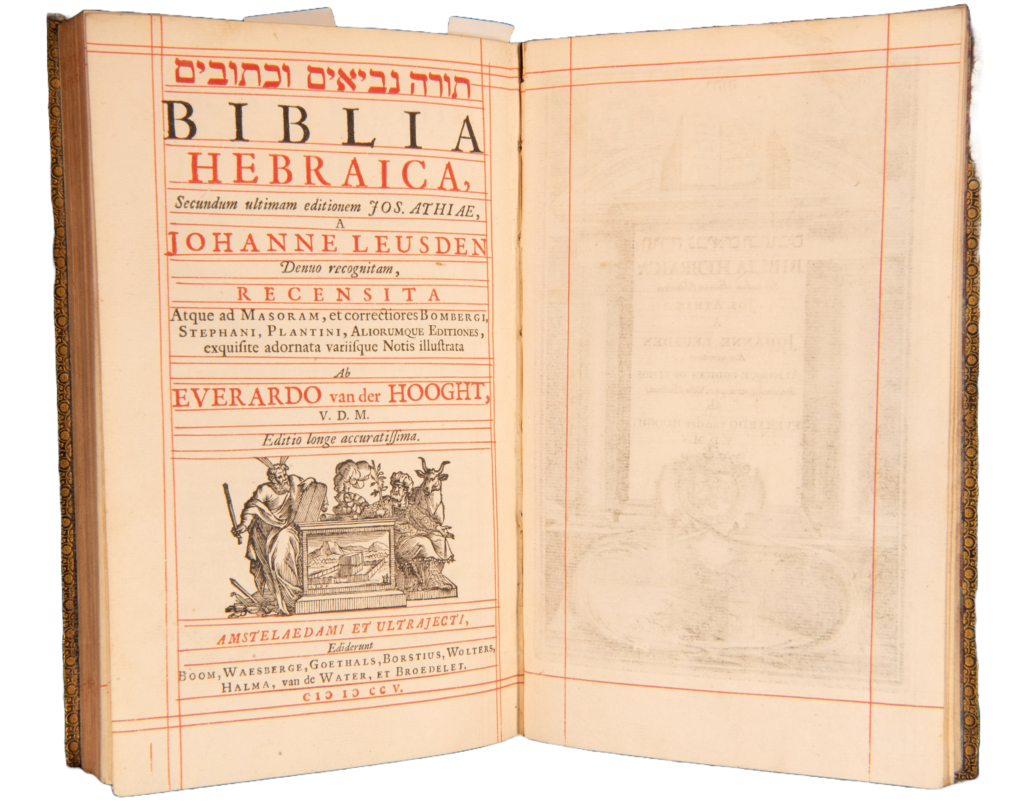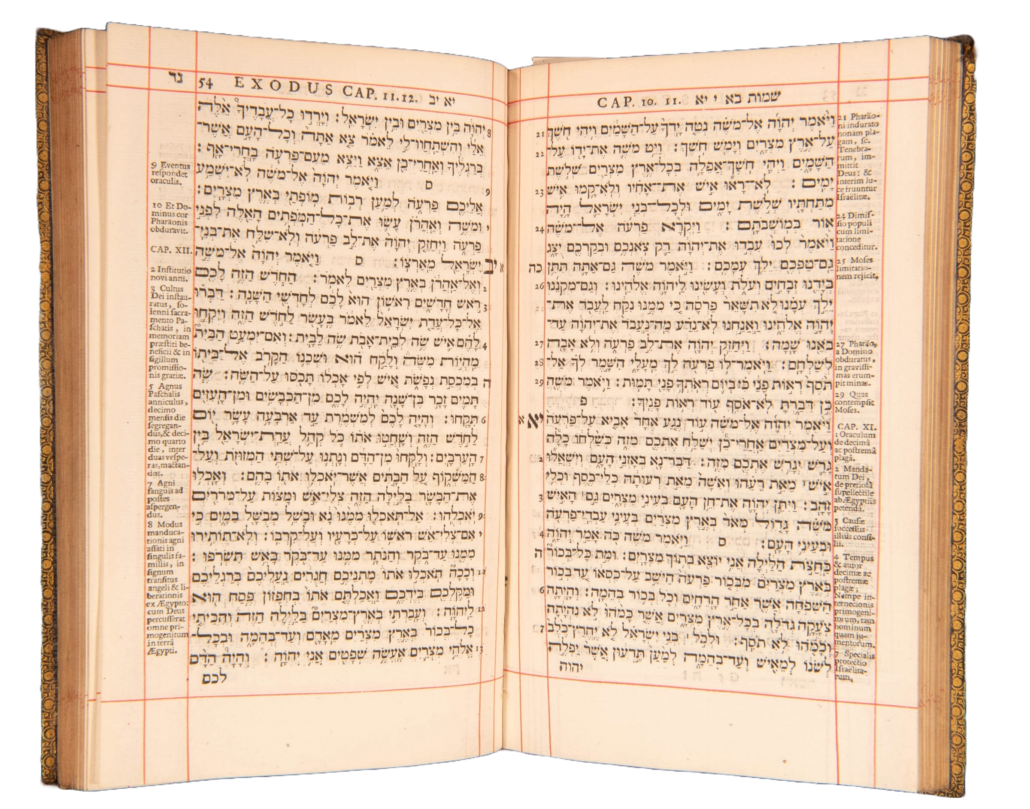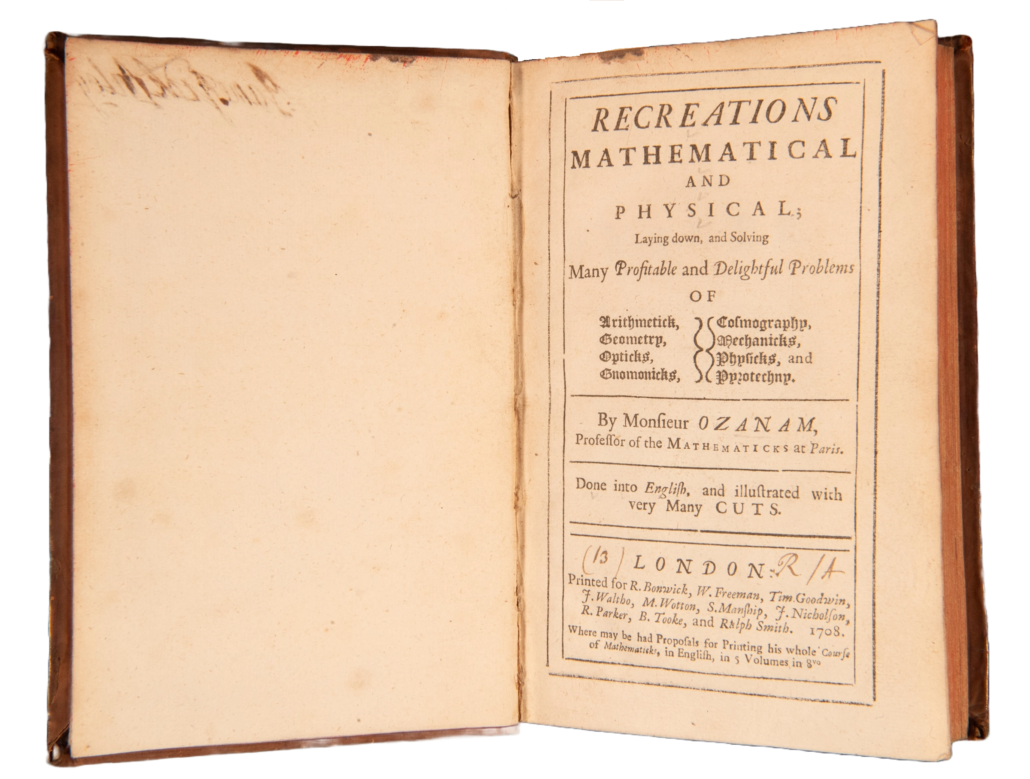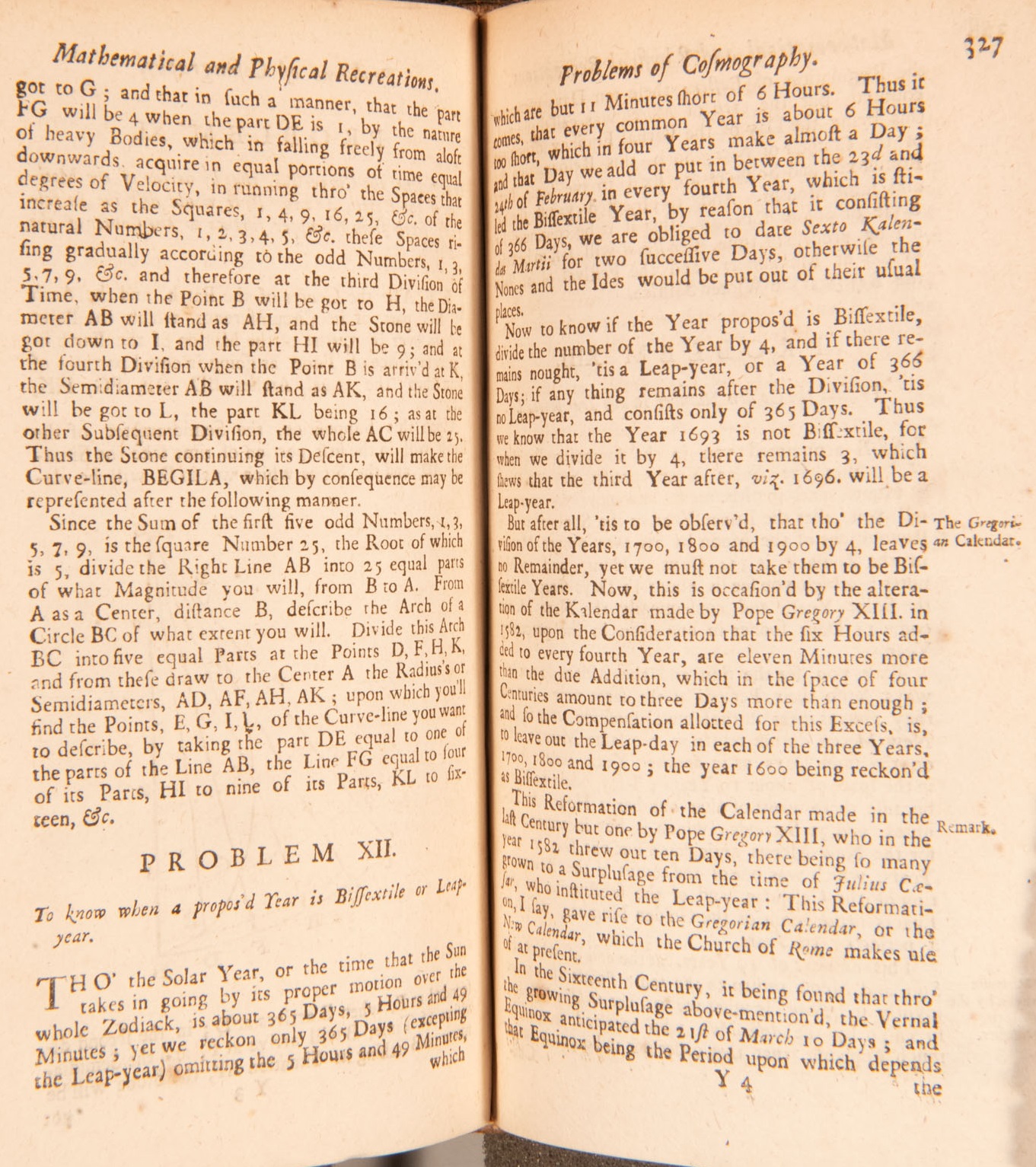Since prehistoric times cycles of the sun, the moon and the stars were used to predict the weather and seasonal changes.
Calendars using these cycles are called lunar (based on moon cycles only), solar (based on sun cycles only) and lunisolar (based on cycles of both sun and moon).
This exhibition on the history of calendars focuses on material from our collection, referring to a number of historic and current calendars.
Prehistoric Calendars
Some prehistoric monuments are thought to mark important astronomical events throughout the year, specifically the summer or winter solstice.
Researchers have, for example, looked closely at the arrangement of the Beaghmore stone circle and alignments in County Tyrone.
At first glance they appear to align with the solstices, but actual calculations have been proven inconclusive so far. However, at Newgrange, another prehistoric monument, the passage and the chamber are lit up by the rising sun at the Winter Solstice.
Using Astronomy in Archaeology with a Look at the Beaghmore Alignments Ulster Journal of Archaeology Third Series, Vol. 58 (1999), pp. 32-42 Thomas D. Hayes 1999 P002479286
Egyptian Calendar
Natural calendar
The Ancient Egyptians depended on the flood phases of the river Nile.
The natural lunar calendar was divided into three seasons of four months: Flood, Growing, and Harvest. The year would start with the rise of the star Sirius, the start of the flood season.
Civil calendar
The Egyptians also used a civil solar calendar, dividing the calendar into 12 lunar months of 30 days and adding a leap period of five days. It is said this resulted in the first 365-day calendar. On the page on display the illustration shows the three seasons and the divisions of the year into 12 months.
Chinese Calendar
The Chinese 60-year calendar has been in use for thousands of years. It is still used for birthdays and Chinese holidays, alongside the Gregorian Calendar.
The 60-year cycle is based on combinations of two sets of signs arranged in a particular order, Heavenly Stems and Earthly Branches. Each Earthly Branch has a corresponding Chinese Zodiac animal sign.
The year of Jia Zi (Jia from the Heavenly Stems and Zi (rat) from the Earthly Branches) is the beginning of the sexagenary cycle. The next Jia Zi year comes 60 years later.
2023 is the 40th phase in the 60-year cycle: Gui Mao. Mao corresponds with the Zodiac sign of the rabbit, so 2023 is the Year of the Rabbit.
Roman Calendars
The Roman calendar changed many times between the foundation and the fall of Rome.
Ten-month calendar
The early Roman calendar, or the ten-month calendar, was used before 46 BC. It contained ten lunar months:
- Martius (After Mars, the god of War)
- Aprilis (possibly after Aphrodite, or after aperio, meaning ‘to open’)
- Maius (after Maia, the earth goddess)
- Junius (after Juno, queen of gods)
- Quintilis (Latin Quinti = fifth)
- Sextilis (Latin Sexti = sixth)
- September (Latin Septem = seven)
- October (Latin Octo = eight)
- November (Latin Novem = nine)
- December (Latin Decem = ten)
This ten-month calendar had 304 days and was made up of 38 nundial cycles, 8-day market weeks.
Twelve-month calendar
The twelve-month calendar was initiated by King Numa Pompilius who reigned 715–672 BC.
He introduced a new way of calculating the calendar, including adding the months of Januarius and Februarius, and adding a leap month after February. This placing of the leap period after February continues to this day!
The year still had only 355 days, instead of 365 for a true solar year. In the 3rd century AD, Roman writer Censorinus said this about Numa’s reform:
Postea sive a Numa, ut ait Fulvius, sive, ut Junius, a Tarquinio XII facti sunt menses et dies CCCLV, quamvis luna XII suis mensibus CCCLIIII dies videbatur explere. Sed ut dies unus abundaret, aut per inprudentiam accidit, aut, quod magis credo, ea superstitione, qua inpar numerus plenus et magis faustus habebatur.
Page 106, center
Translation:
Afterwards Numa, …, instituted the 28 year of 12 months, making 355 days; although the moon, in these 12 months completes but 354 days. The extra day was the result either of a blunder, or, what seems more probable, was due to the superstitious belief which regarded uneven numbers as more perfect and fortunate.
Translation from De Die Natale, by Censorinus, translated into English by William Maude, New York: The Cambridge Encyclopedia Co., 1900
Julian Calendar
In 45 BCE, Julius Caesar oversaw the development of what was to be called the Julian Calendar.
In the Julian calendar the months were lengthened to bring the calendar length to 365.25 days, making it an improved solar calendar.
A leap day was added every four years to make up for almost six extra solar hours every year.
XL. […] He accommodated the year to the course of the sun, ordaining that in future it should consist of three hundred and sixty-five days without any intercalary month; and that every fourth year an intercalary day should be inserted. That the year might thenceforth commence regularly with the calends, or first of January, he inserted two months between November and December […]
Year labelling : A.D.
In 525 the Byzantine monk Dionysius Exiguus developed a table for future dates of Easter.
When he compiled his Easter table, Dionysius used a new way of numbering the years. He suggested to count years ab Incarnatione Domini nostri Jesu Christi, meaning ‘from the Incarnation of our Lord Jesus Christ’, as can be seen in the Latin on the top left page. This was simplified to A.D., Anno Domini.
He describes his work in a letter to Bishop Petronius of Alexandria, who had asked Dionysius to create the new table. He dated his letter with the year of the consulship of Probus Junior and, in addition, 525 years since the incarnation of our Lord Jesus Christ.
Year labelling : B.C.
In 731 another monk called Bede, who had already used A.D. to indicate dates after the birth of Jesus, started referring to dates before the birth of Jesus as ante incarnationis Dominicae tempus. This means ‘before the time of the Incarnation of the Lord’, which was later simplified to B.C., before Christ.
Both systems are still being used to this day. An alternative is the universally used BCE (Before Common Era) and CE (Common Era). At the start of the second chapter of his Historiæ Ecclesiasticæ Gentis Anglorum … Bede uses the phrase for the first time.
Hijri Calendar
Muslims use the Hijri lunar Calendar (or Islamic calendar) for religious events and observances.
It was started after the Hijrah, the journey of the Islamic prophet Muhammad from Mecca to Medina, in the Gregorian year 622.
The current Gregorian year, 2023, converts to AH 1444-1445. AH stand for Anno Hegirae: in the year of the Hijra.
In this manuscript copy of the Qu’ran, both the triangular colophon (fifth line) and the top edge of the bookblock state very precisely when the scribe finished writing: 21/ Rajab / 1249 Hijri = Monday 02 December 1833.
The completion of the hand writing of this Shareef Quran was done on Monday night at the blessed hour of four o’clock of that blessed night, 21 Rajab al-Haram, which is months of the year 1249 by the writer, who is poor for his Lord’s mercy, recognized by the great guilt Mr Saleh Abu Safeeh the son of Hassan Abu Safehe, God forgive him and his parents and those who read this Quran and the whole Muslims,…. Oh Lord of the worlds, Ameen…
Hebrew Calendar
The Hebrew lunisolar calendar (or Jewish calendar) is used by Jews worldwide for religious events and observances.
The rules for the current calendar were written down in the 12th century by Rabbi Maimonides, based on the Hebrew Scriptures. They include counting years from the start of creation, determining the start of the year, and the length of the months.
Exodus 12.1-2 in the Torah determined the start of the Hebrew calendar:
And the LORD spoke unto Moses and Aaron in the land of Egypt, saying: “This month shall mark for you the beginning of the months; it shall be the first of the months of the year for you.”
The current Gregorian year, 2023, converts to the Hebrew AM 5783. AM stands for Anno Mundi: in the year of the world.
Gregorian Calendar : Origin
The most commonly used calendar worldwide is the Gregorian Calendar, a modified version of the Julian calendar. It was introduced by Pope Gregory XIII in October 1582, as mentioned on the lower right-hand page.
The Julian calendar year overestimated the length of the solar year. Easter should fall after the first full moon following the Spring Equinox (21 March). However, 21 March gradually moved further and further away from the astronomical equinox.
To restore Easter to the Spring Equinox, every year that could be divided by four was to be a leap year, except for years that could be divided by 100. However, years that could be divided by 100 are leap years if they that could also be divided by 400.
With this change the average year came very close to the true solar year.
Gregorian Calendar : Implementation
To implement Gregory’s calendar legally in civil calendars, it had to be adopted by a country’s civil authorities.
The calendar was initially adopted by Europe’s Catholic countries, with others following over the next three centuries. In Great Britain and Ireland, the Gregorian Calendar was not adopted until 1752.
This report in the Gentleman’s Magazine covers the bill on the implementation of the Gregorian Style Calendar as proposed in the House of Peers .
French Republican
The second French Republican calendar was created after the Republic was proclaimed in 22 September 1792. The French government used the calendar until 1806, when Emperor Napoleon I abolished it.
The new calendar aimed to remove all links to religion and royalty, and to decimalise France. While the year was still divided into 12 months, the months were divided into three ten-day weeks, days into ten hours, hours into 100 minutes, and minutes into 100 seconds.
Years would usually appear in writing as Roman numerals, sometimes in Arabic numerals. Often a year was preceded by the French word for year, An.
The title page of Histoire des mathématiques, … shows both the Republican and the Gregorian year.



